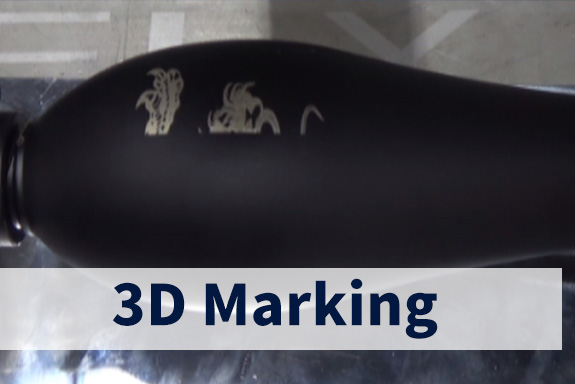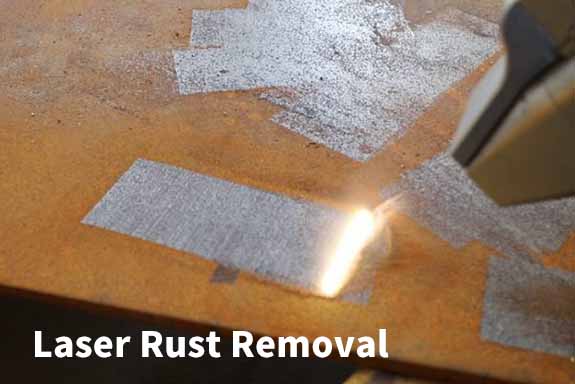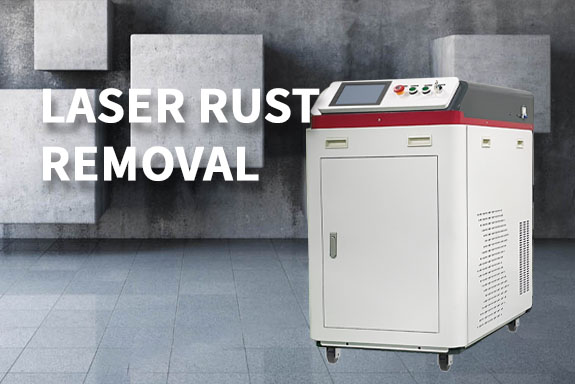Selective Laser Melting (SLM) is rapidly transforming the manufacturing landscape. This guide explains what SLM 3D printing machines are, how they work, their key advantages, design and post-processing considerations, and their applications across industries. Whether you’re a design engineer, manufacturer, or enthusiast, this complete guide will help you master SLM technology.
What is SLM 3D Printing?
Selective Laser Melting (SLM) is a metal additive manufacturing process that uses a high-powered laser to fully melt fine metallic powders layer by layer. Unlike sintering processes that merely bond particles together, SLM melts the powder completely, producing parts with near-full density and mechanical properties similar to traditionally manufactured metals.
Key Features of SLM:
– High Precision: Capable of fabricating intricate geometries and fine details.
– Versatility: Works with a range of metal powders including titanium, stainless steel, Inconel, aluminum, and more.
– Design Freedom: Enables production of complex internal features like conformal cooling channels, lightweight lattice structures, and consolidated assemblies.
How Does SLM Work?
The SLM process combines advanced CAD modeling, precise laser control, and state-of-the-art powder handling systems. Here’s a step-by-step breakdown:
3D Model Preparation:
A CAD model is created and then sliced into thin layers (typically 20–100 microns thick). This layered data guides the printing process.
Powder Spreading:
A recoating system evenly distributes a thin layer of metal powder onto the build platform inside an inert atmosphere (commonly argon or nitrogen).
Laser Melting:
A high-powered laser (usually a fiber laser with power ranging from 100 to 1000W) selectively scans the powder bed, melting the particles in the exact cross-sectional pattern of the part.
Layer-by-Layer Build-Up:
After each layer is processed, the build platform lowers, and a new layer of powder is spread, repeating the process until the part is complete.
Cooling & Post-Processing:
Once printing is finished, the part cools, and excess powder is removed. Post-processing steps—such as stress relieving, support removal, machining, and surface finishing—are often required to achieve the final quality.
Components of an SLM 3D Printing Machine
SLM machines are engineered with precision components that work together seamlessly:
– Laser Source:
Typically a high-powered ytterbium fiber laser that provides the energy needed to melt the metal powder.
– Scanning System:
Mirrors and lenses (often an F-Theta lens) that direct and focus the laser beam accurately across the powder bed.
– Powder Bed & Recoater:
A build chamber where the powder is spread in thin layers using a blade or roller mechanism.
– Inert Gas System:
Maintains a controlled atmosphere to prevent oxidation and ensure consistent melting.
– Control Software:
Converts CAD data into instructions for the laser and scanning system, managing layer parameters and process monitoring.
Advantages of SLM 3D Printing
SLM technology offers numerous benefits that make it ideal for high-performance applications:
– Complex Geometries:
Fabricate parts with intricate internal features that are impossible to produce with conventional subtractive methods.
– Material Efficiency:
Minimal waste production due to the additive nature of the process and efficient powder reuse.
– Reduced Lead Times:
No need for expensive tooling enables faster production of prototypes and end-use parts.
– High Mechanical Strength:
Produces fully dense parts with excellent mechanical properties suitable for functional applications.
Applications Across Industries
SLM 3D printing is used in various sectors where precision, strength, and lightweight designs are paramount:
– Aerospace:
Manufacturing complex components such as turbine blades, structural brackets, and landing gear parts to reduce weight and improve performance.
– Medical & Dental:
Producing patient-specific implants and surgical instruments with customized lattice structures for optimal osseointegration.
– Automotive:
Creating lightweight, high-strength parts for high-performance vehicles, as well as tooling for rapid prototyping.
– Tooling & Molds:
Fabricating custom tooling with conformal cooling channels that improve production efficiency in injection molding.
– Research & Development:
Accelerating design iterations and innovation in experimental applications across various fields.
Design Guidelines for SLM 3D Printing
To maximize the benefits of SLM, consider the following design principles:
– Self-Supporting Geometry:
Design parts with overhang angles above 45° to reduce the need for support structures, which can increase post-processing time.
– Minimum Feature Size & Wall Thickness:
Ensure features are larger than the laser spot size (typically 0.4–0.6 mm) and maintain uniform wall thickness for structural stability.
– Optimize Part Orientation:
Consider build orientation to minimize residual stresses and reduce the amount of required support.
– Topology Optimization:
Utilize advanced CAD tools to generate organic, optimized structures that reduce weight while maintaining strength.
Post-Processing Considerations
Post-processing is a critical step in achieving the final quality of SLM parts:
– Stress Relief:
Heat treatments are used to alleviate residual stresses built up during the rapid cooling cycles.
– Support Removal:
Mechanical or chemical methods are employed to remove support structures without damaging the part.
– Surface Finishing:
Techniques like sandblasting, polishing, or laser polishing are applied to reduce surface roughness and improve aesthetics.
– Dimensional Refinement:
CNC machining may be necessary to achieve tighter tolerances and finer details.
Conclusion
Selective Laser Melting (SLM) 3D printing machines are at the forefront of metal additive manufacturing, providing unparalleled design freedom and high-performance parts. From aerospace components to personalized medical implants, SLM is revolutionizing production processes. By understanding the technology, adhering to design best practices, and planning for post-processing, manufacturers can harness the full potential of SLM to produce innovative, cost-effective, and high-quality metal parts.
Frequently Asked Questions (FAQ)
Q: What is the main difference between SLM and traditional manufacturing?
A: SLM builds parts layer by layer by fully melting metal powder, allowing for complex geometries and internal features without the need for dedicated tooling, unlike conventional subtractive or formative processes.
Q: Which metals are commonly used in SLM 3D printing?
A: Common metals include titanium, stainless steel, Inconel, aluminum alloys, and cobalt-chrome, among others.
Q: What post-processing steps are necessary for SLM parts?
A: Post-processing may include stress relief, support removal, surface finishing (e.g., sandblasting or polishing), and CNC machining for tight tolerances.
Q: Can SLM produce functional end-use parts?
A: Yes, SLM parts often have mechanical properties comparable to traditionally manufactured metals, making them suitable for both prototypes and production parts.
Q: What are the primary challenges of SLM technology?
A: High equipment and material costs, extensive post-processing requirements, and managing residual stresses and porosity are key challenges.
By integrating these insights and guidelines, you can make informed decisions when considering SLM 3D printing for your projects. Stay updated with the latest trends and continuously optimize your design and process parameters to achieve the best results in metal additive manufacturing.







